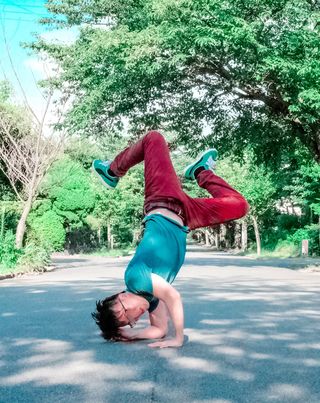Health
Fidgeting Has Benefits
A new study show that restless behavior can have big health advantages.
Posted September 17, 2016

A study published in the July 2016 issue of the American Journal of Physiology by researchers at the Universities of Missouri and Texas-Arlington found that people who fidget—making small, frequent movements with their arms, hand, legs, or feet—may be strengthening their heart health by keeping their blood flow going strong while sitting. Given that sitting still for prolonged periods of time potentially causes enough health problems to be dubbed “sitting disease,” this is good news for the nervous and restless among us.
In the past, researchers have noted that those who have the “fidget factor” can burn hundreds more calories throughout the day than those who don’t. That’s significant! More recently, studies have shown that fidgeting can help you live longer, while sitting still all day can knock years off your life. So it turns out that tapping your fingers or toes, wiggling or rocking in your seat, pacing back and forth, and shifting from one foot to another while you wait on line are actually all health-positive traits.
In this more recent study, the researchers looked for the reasons why fidgeting can be a healthy behavior. They found that moving one leg for one minute, every four minutes, increased blood flow in the arteries of that leg, while keeping the other leg perfectly still decreased blood flow to that leg. They also found that blood vessels in the fidgeting leg responded better to changes in blood pressure than those in the still leg. Although neither of these were permanent conditions, what you do (and don’t do) routinely over time is what affects your long-term health.
You probably can’t get yourself to start fidgeting any more than a fidgeter can get themselves to stop. But if you’re already a fidgeter, you (and others) can perhaps start to see it as a positive trait, rather than one often associated with rudeness, impatience, and distractedness. And if you’re not a fidgeter, you can learn to move more often and take frequent breaks throughout the day to walk around your desk, stretch your arms or otherwise move your limbs for a minute or two.
Source:
Morishima T, Restrano RM, Walsh LK, Kanaley JA, Fadel PJ, Padilla J. Prolonged sitting-induced leg endothelial dysfunction is prevented by fidgeting. American J of Physiology: Heart and Circulatory Physiology. 1 July 2016;311(1):H177-H182.


